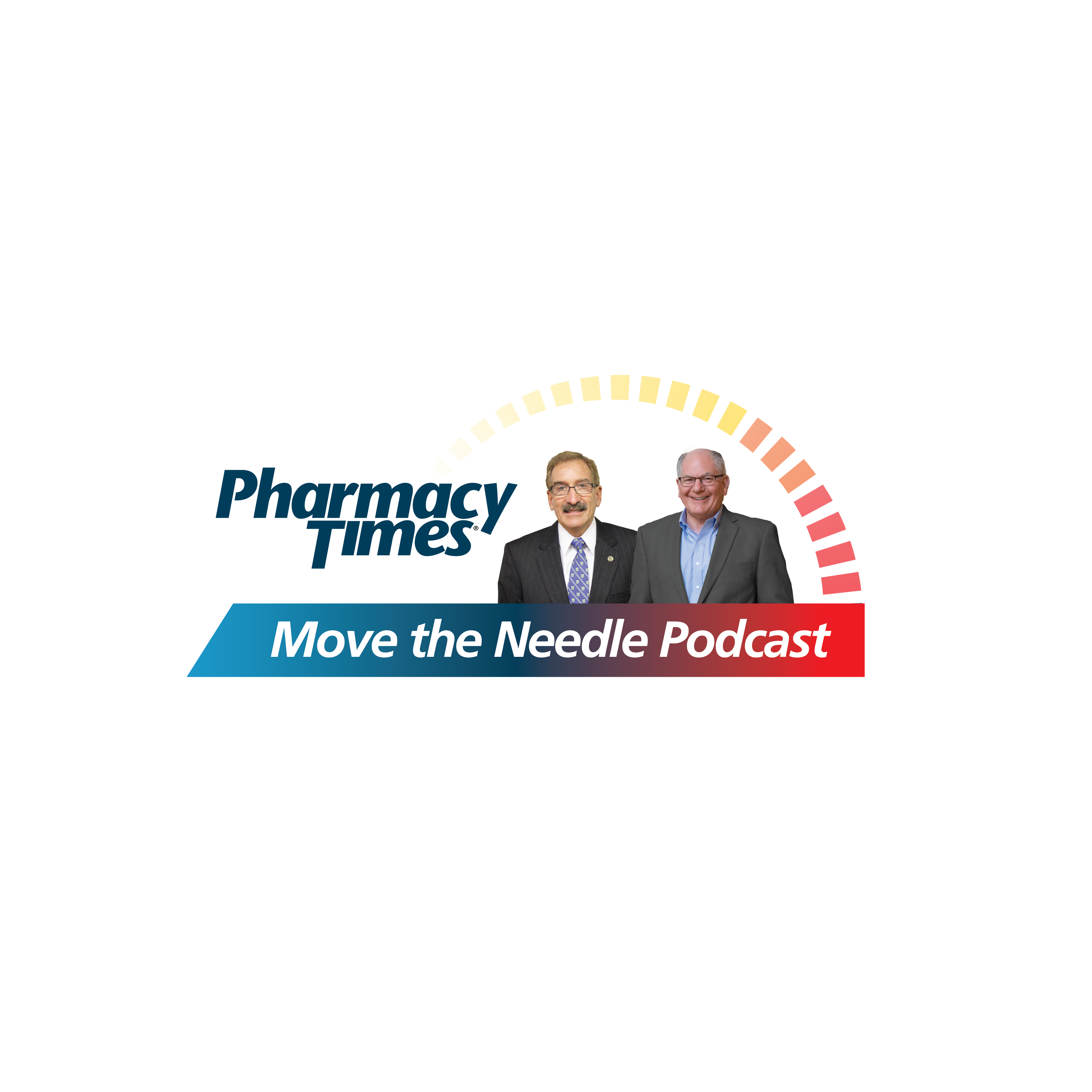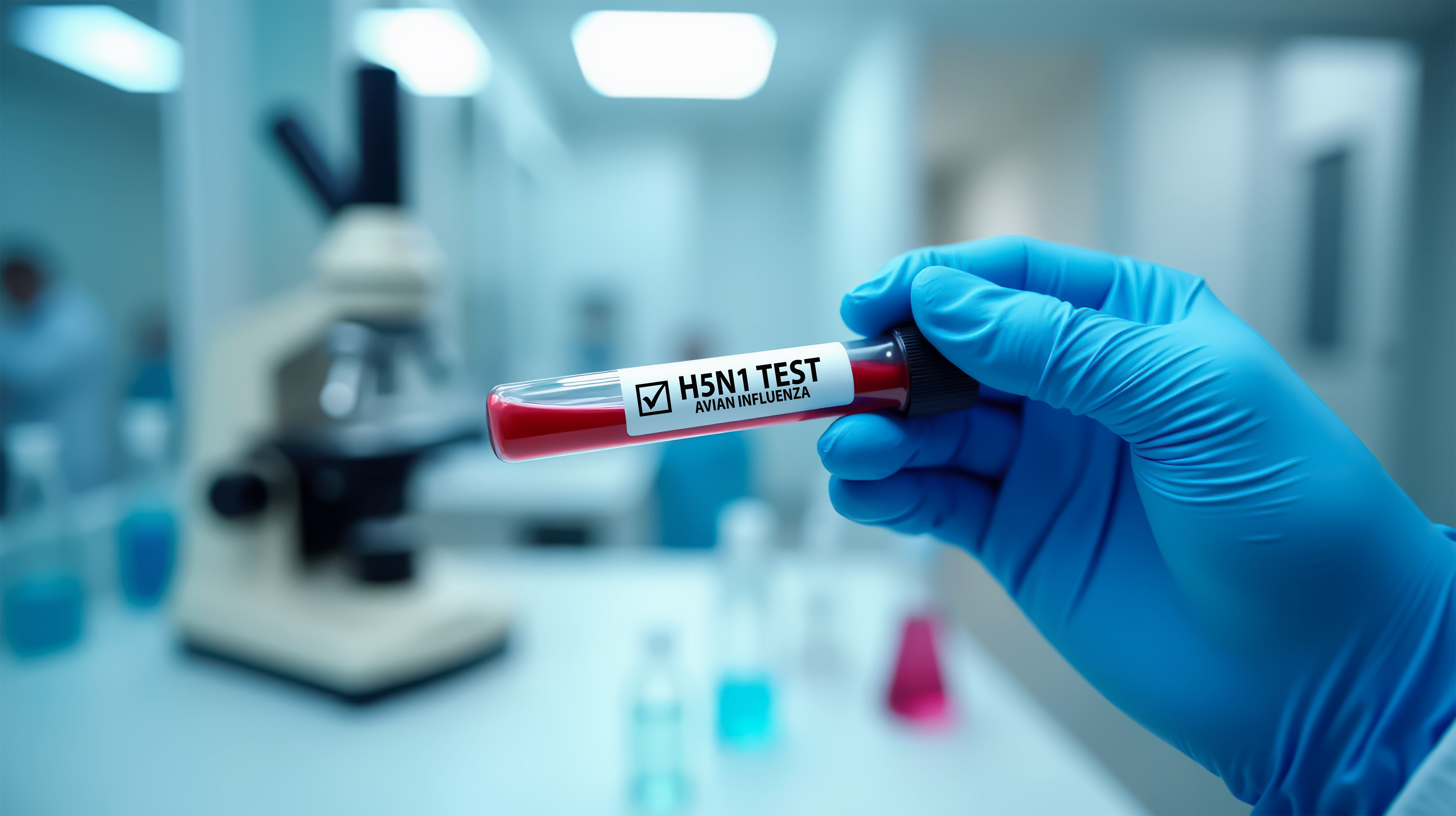Opinion
Video
NUDGE-FLU Trial Analysis
Chad Worz, PharmD, BCGP, FASCP, and the panel review the NUDGE-FLU Trial and discuss the study design, outcomes, and how similar nudges can be incorporated into practice.
Rodney E. Rohde, PhD, MS, SM (ASCP) CM, SVCM, MBCM, FACSc: Discuss this specific study of the effect of electronic nudges and how this was analyzed. I’m really interested in this because I’ve done some work in nudging influenza vaccination rates in older adults with cardiovascular disease.
Chad Worz, PharmD, BCGP, FASCP: This refers to what they call a NUDGE-FLU trial [NCT05542004]. It was a Danish study. It involved just short of a million people, 27.5% of those people had cardiovascular disease and the effort was to get more flu shots into people and reduce some of that hesitancy. Now, to be fair, the Dutch are pretty good at this. About 78%, 79% of their population is vaccinated. So they were analyzing how we get that next incremental bump. They were targeting with different electronic means. In fact, 9 different messages that they sent out to try to get that nudge, to get that vaccine. And 2 of the particular electronic messages worked well, 1 was a repeating message. “You need to get your flu shot. Here are the risks associated with your cardiovascular disease.” And this hearkens back to some data we haven’t really talked about, which is the fact that the flu vaccine seems to have some protective effects with cardiovascular disease, whether that’s due to the inflammation, or again having the influenza virus prey on somebody that’s got compromised comorbidities, but they were able to repeat the message, and that messaging works. So sending out a message saying it’s time for your flu shot, 2 weeks later sending it again time for your flu shot, seemed to give them a bump in getting those hesitant individuals vaccinated. The other letter that worked was the one that was very specific toward cardiovascular disease, and it said, “You have this risk factor, and therefore you’re at a higher risk of complications and problems.” That letter also seemed to work. Now I’ve tied it all back to AI [artificial intelligence] and the world that we live in, and I come back to that individual that’s sitting in front of you or the individual in your practice, how do they like to be communicated with? Can I text them or email them? Are there algorithms that I’m running in the background of my pharmacy systems that tell me I’ve got to have an extra special emphasis on these individuals? I think employing all of those things; this trial ratifies that, that works. And finding ways to best communicate works and including maybe some of those things that we're afraid of like AI and text messaging, and things like that.
Rodney E. Rohde, PhD, MS, SM (ASCP) CM, SVCM, MBCM, FACSc: I actually looked up the study when I saw this was coming our way and it is a fascinating study and just one quick point that you stated I think, and again, this is something I think the public needs to understand is that when you’re looking at studies, when you cite studies—and we like to cite our studies—the public doesn’t always understand the context. The thing you just mentioned is so critical, the Danish already have a high vaccine acceptance, but because of that [messaging], they got a bump of 4% to 5%. When you explain that to the public, that can mean 100s of 1000s of people are now vaccinated. It’s a big thing. A 4% bump is a huge thing when you’re looking at a general population. So having someone to talk about that, I really appreciate it. Do you guys have any thoughts on nudging, clinical nudging, have you all been involved with anything like that?
Randy McDonough, PharmD, MS, BCGP, BCPS, FAPhA: In the community and our community pharmacy, we are trying to do that more. We do have the patient cell phone number, and we try to do texts, but I want to be careful with it too with the right amount because you don’t want them to get used to seeing texts and then fatigue so it’s not doing anything. But we have an online presence, and people will check in online, then we can actually send them information, especially if we’re looking at a flu vaccine or something like that and they decide not to actually set up an appointment, we can send them a message and say, “You looked at this, are you interested in doing that?” So I do think there are a lot of different avenues for pharmacists to nudge their patients to get the vaccination. We have so many tools out there, in technology, but how do we use the technology effectively?
Rodney E. Rohde, PhD, MS, SM (ASCP) CM, SVCM, MBCM, FACSc: I think it shows that those studies are so important because we may not need 9 messages, we might need 3, and we might need a text message, a phone call to my parents who don’t want to text or look at a computer. I mean, my parents are 80 years old. They don’t even want to think about an iPhone. They want a phone call from a human being. I deal with this all the time, like, “Dad, just listen you’re going to have to screen,” and he’s like, “I just want to talk to my doctor. I want to talk to my pharmacist.” So it’s really critical when you think of the 65 and older population.
Chad Worz, PharmD, BCGP, FASCP: Again, it goes back to the diversity of our population. There’s going to be a time when text messaging is the only way to communicate with somebody. I look at my 15-year-old son…
Rodney E. Rohde, PhD, MS, SM (ASCP) CM, SVCM, MBCM, FACSc: We’re not there yet.
Chad Worz, PharmD BCGP, FASCP: … when he’s 25 and it’s time for his flu vaccine, a text message is probably the best way to get his attention.
Rodney E. Rohde, PhD, MS, SM (ASCP) CM, SVCM, MBCM, FACSc: Or a short social media video.
Randy McDonough, PharmD, MS, BCGP, BCPS, FAPhA:I was going to say, we’ve actually gotten into that where we’re doing regular Facebook reels and it’s just amazing. When an influencer has thousands and thousands of followers, their message has an impact.
Rodney E. Rohde, PhD, MS, SM (ASCP) CM, SVCM, MBCM, FACSc: Yes, it does.
Transcript edited for clarity.






